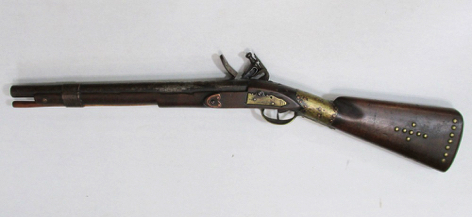The Buffalo Runner
From Francis Parkman, The California and Oregon Trail, 1849:
"There are two methods commonly practiced, 'running' and 'approaching.' The chase on horseback, which goes by the name of 'running,' is the more violent and dashing mode of the two. Indeed, of all American wild sports, this is the wildest. Once among the buffalo, the hunter, unless long use has made him familiar with the situation, dashes forward in utter recklessness and self-abandonment. He thinks of nothing, cares for nothing but the game; his mind is stimulated to the highest pitch, yet intensely concentrated on one object. In the midst of the flying herd, where the uproar and the dust are thickest, it never wavers for a moment; he drops the rein and abandons his horse to his furious career; he levels his gun, the report sounds faint amid the thunder of the buffalo; and when his wounded enemy leaps in vain fury upon him, his heart thrills with a feeling like the fierce delight of the battlefield… The chief difficulty in running buffalo, as it seems to me, is that of loading the gun or pistol at full gallop. Many hunters for convenience' sake carry three or four bullets in the, mouth; the powder is poured down the muzzle of the piece, the bullet dropped in after it, the stock struck hard upon the pommel of the saddle, and the work is done. The danger of this method is obvious. Should the blow on the pommel fail to send the bullet home, or should the latter, in the act of aiming, start from its place and roll toward the muzzle, the gun would probably burst in discharging. Many a shattered hand and worse casualties besides have been the result of such an accident. To obviate it, some hunters make use of a ramrod, usually hung by a string from the neck, but this materially increases the difficulty of loading.”
This appears to be a true 'parts gun!' The barrel is a .69 cal 1816 US musket barrel probably decommissioned and chopped ca. 1820s-1830s while the lock is a simple trade type lock of the early 19th century, fairly large and stout with no internal bridle. The cock is a more recent replacement and the frizzen is a very old replacement with an extremely stout sole/facing brazed in place. It has definitely never been reconverted, neither the lock nor barrel.
Overall it seems 1830s to my way of thinking and is very crude; it is clearly stocked either at a frontier trading post perhaps, or possibly may be native-stocked by a native with some gunsmithing skills. Rough tool marks are evident everywhere and a great deal of secondary work/repair has been undertaken in-use. What is most interesting is that the piece is clearly not cut down from a longer gun but was deliberately stocked with spare parts in this manner, apparently for a specific purpose. Call it a canoe gun, or a blanket gun, or a buffalo gun. I choose to view it as a buffalo gun as this function makes the most sense to me.



















